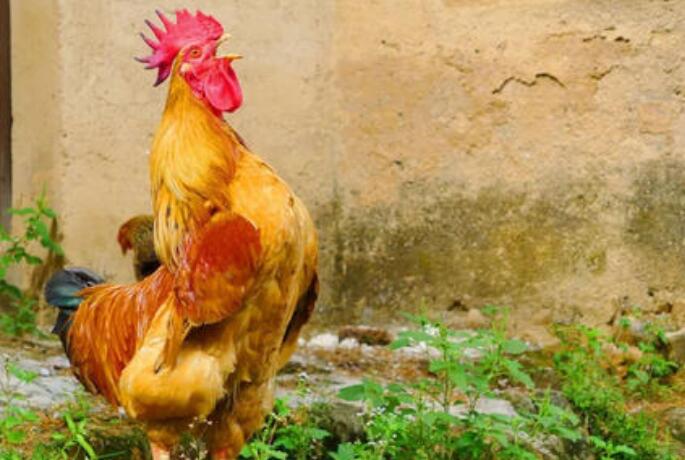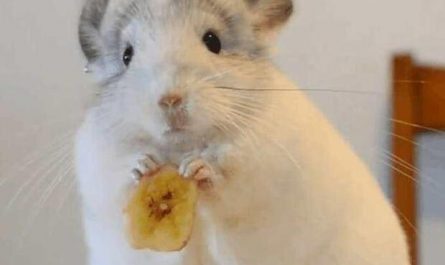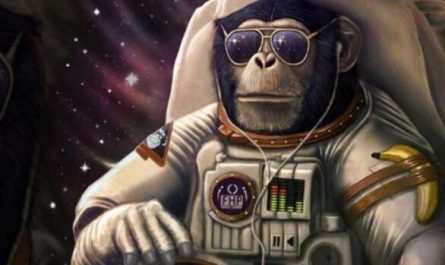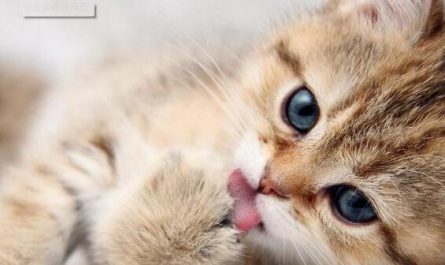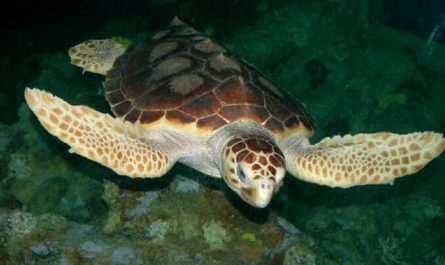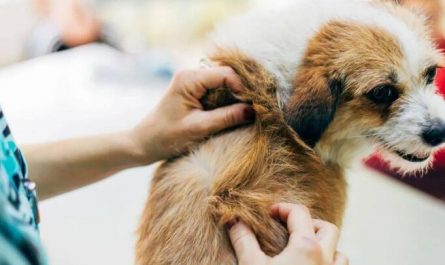Why roosters can croak in time
In exploring the secrets of living things, scientists discovered that the habits and physiological functions of many animals are governed by natural rhythms. For example, bats always fly around to catch insects after dusk; parrotfish always go to a place one kilometer away from the beach cave to forage during the day; damselfish herons always fly to the beach about 50 minutes later than the day before Oysters always open their shells to catch food at high tide; fiddler crabs always crawl out of the sand for food when the tide is low; sand silkworms flock to the sea, usually three days after the full moon, 54 minutes after sunset, not too late It’s not too early; grizzly bears always go to hibernation in their caves when the blizzard comes.
What is going on? Scientists have been observing and researching for a long time and have proved that there is a wonderful “biological clock” in the organism that directs the behavior of organisms. The rhythmic cycle of organisms is that this organism’s long-term historical development process, under the continuous influence of various factors such as natural light, temperature, humidity, air pressure, tides, etc., physiologically adjusted continuously, and gradually formed the biological day and night and seasons. The rhythm of sex.
Where are the “biological species” of chickens hidden? Recently, Japanese scientists have conducted research and experiments on chickens, and for the first time discovered and confirmed that the “biological clock” of chickens grows in the pineal cells of chickens. The pineal gland is a small endocrine organ in the shape of a pineal between the brain and the cerebellum. When it gets dark, it secretes a hormone called melanin to inhibit the activity of chickens. If the chicken is buried in a capsule containing melantensin, the chicken will fall asleep.
American scientists have also found in experiments that if the pineal gland of a sparrow is removed, the cyclic rhythm of its activity will disappear; if the pineal gland is transplanted from another sparrow, the cyclic rhythm will be restored. This proves that the “biological clock” of chickens (including birds) is in the cells of the pineal gland.
Light can change the potential difference between the inside and outside of the cell membrane of the pineal gland, thereby causing a chemical reaction to “swing” the “biological clock”. It is this wonderful “biological clock” that remembers the law of light and dark that directs the rooster’s daily activities: the rooster will sing loudly when the day is about to dawn; go to the nest as soon as it gets dark.
Scientists also found a ganglion from the swallow of cockroaches, which regulates the movement and rest of cockroaches. The “biological clock” of mammals is even more complicated. There is a “master clock” in the nerve cells of the medulla oblongata and hypothalamus, and there is another independently operating “sub-clock” in the cells of the other tissues, which are “swinging” at the same time. “.
People have found that changing the rhythm of light, that is, artificial day and night, can adjust the “biological clock” and change the original rhythm of life of animals. If the night time is artificially shortened, chickens, geese and ducks can lay more eggs, the estrus period of cattle and sheep will be prolonged, the number of breeding will increase, and the production of milk will also increase. And artificially shortening the daytime can make chickens grow fat, pigs grow fat, and sheep and silver foxes grow faster. People are experimenting with harmful insects such as mosquitoes to adjust the “biological clock” to allow mosquitoes to mature in seasons when food is lacking and temperature and humidity are not suitable, making it impossible to live.
Rooster’s reproductive system
The reproductive system of chickens is different from that of viviparous mammals. The testicles and epididymis of the rooster are in the abdominal cavity, the mating organs are degenerated reproductive protrusions, and the sperm head is a long cone. Sperm can survive in the sperm gland in the hen’s fallopian tube for up to 24 days and has the ability to be fertilized.
The hen can ovulate every 25 hours or so. Only the left ovary and fallopian tube develop. After the fertilized egg is discharged from the hen’s body, the development will be suspended if it does not reach the incubation threshold (24°C).
The reproductive system of a rooster is composed of testicles, epididymis, vas deferens and intercourse organs. The most important thing for artificial insemination personnel to understand is the structure of the coitus of the rooster.
Roosters do not have a penis like mammals, but have a copula consisting of four parts: nipple, gland, penis and lymphfold. The coitus is located on the ventral side of the cloaca and is usually hidden in the cloaca. During sexual excitement, the glandular body, penis, and lymphatic vessels in the lymphatic folds are connected to each other, the lymphatic folds are erected, and lymphatic fluid flows into the penis to make it swell, and a deepened longitudinal groove is formed at the midline. The (central white body) also protrudes straight ahead due to the influx of lymph fluid. At this time, the entire penis is pushed out from the ventral side of the anus and inserted into the anus of the hen.
